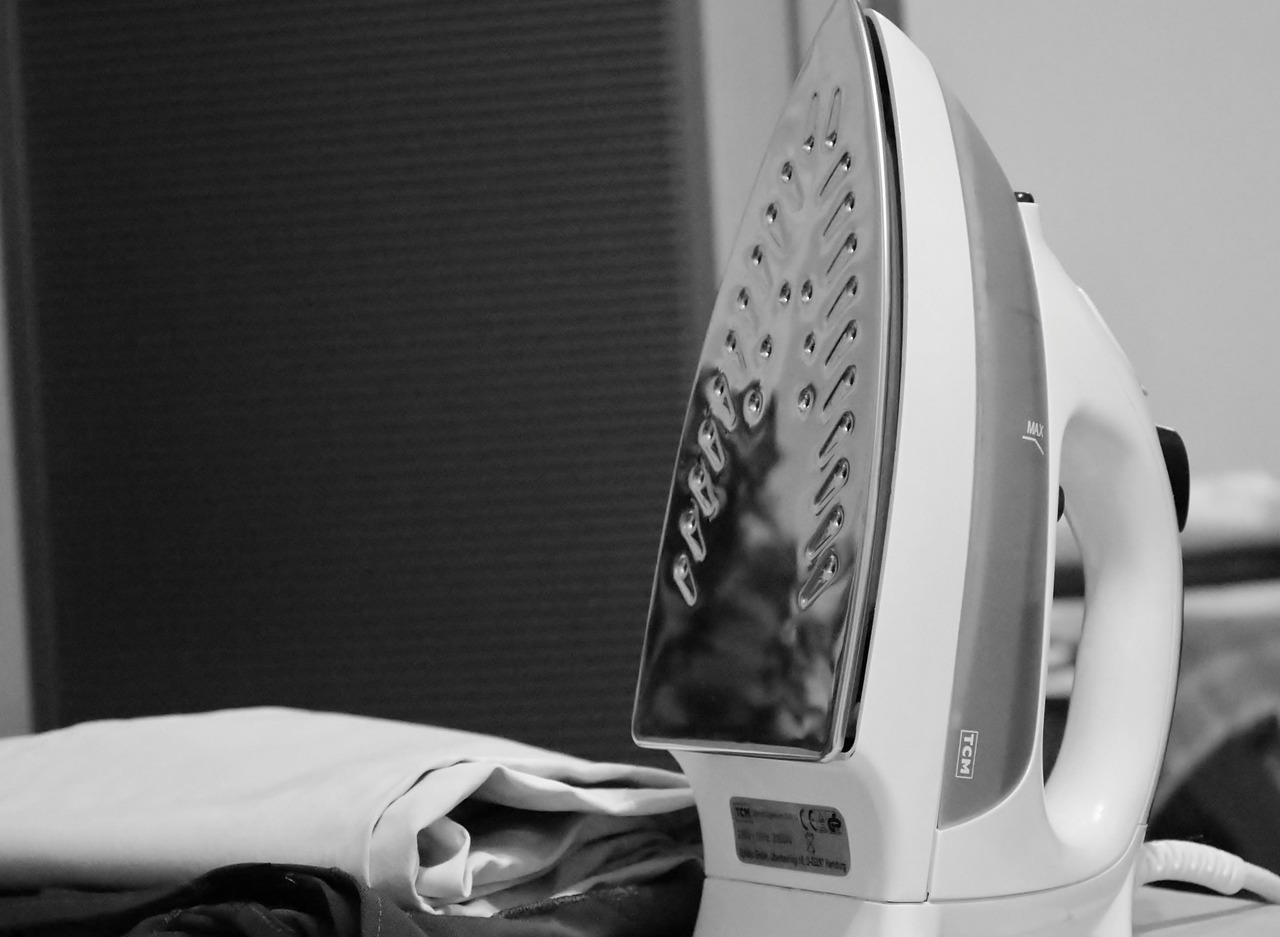Waterproofing membranes are used to protect decks from water damage. They are a layer of material that is applied to the deck surface to prevent water and moisture from getting into the wood or other materials used in the construction of the deck. The membrane acts as a barrier between the deck and any standing water or moisture, keeping it from seeping into the wood and causing rot or other damage.
Benefits of Deck Waterproofing Membrane
Using a waterproofing membrane on your deck can provide many benefits. It can help protect your investment by preventing costly repairs due to water damage, prolonging the life of your deck. It also reduces maintenance time since it prevents dirt, grime, and mold from accumulating on your deck surface, making it easier to keep clean. Additionally, waterproofing membranes can add aesthetic value by creating an attractive finish that enhances the look of your outdoor space.
Types of Deck Waterproofing Membranes
There are several types of waterproofing membranes available for use on decks. Some are made out of rubberized asphalt while others may be composed of polymers such as polyurethane or polypropylene-based materials. Rubberized asphalt is often used for commercial applications whereas polymers tend to be better suited for residential projects due their flexibility and ease-of-installation features. Additionally, there are liquid applied membranes which act like paint but provide superior protection against water damage due to their elasticity when cured correctly; these can be applied with a brush or roller onto existing surfaces like concrete or wood decks before installing tiles overtop them for extra protection against moisture penetration below them as well as wear resistance above them.
How To Install Deck Waterproofing Membranes
Installing a waterproof membrane on your deck should always be done by an experienced professional who knows how to properly prepare surfaces before application as well as how much material is needed per square foot so that you get optimal coverage without wasting product unnecessarily. Depending on what type you choose, installation may involve rolling out sheets onto prepared surfaces, troweling liquid products onto existing substrates, using tape along seams, or applying adhesives where necessary. The most important step when installing any type is ensuring proper curing times which vary depending upon product so that you get maximum performance in terms of weather resistance, durability, and longevity.
Beneficial Tips For Maintaining Decks With Waterproof Membranes
Once installed properly with sufficient time allowed for curing processes mentioned previously, maintaining decks with waterproof membranes becomes fairly straightforward overall. Regular cleaning should still occur preferably via pressure washing to remove debris such as leaves and dirt which could potentially lead towards mildew growth if left unchecked; however sealants do not need reapplied nor does extra attention need given towards protecting them against harsh UV rays since they already offer superior weather resistance compared traditional methods like staining/painting wooden structures annually. In addition – depending upon manufacturer’s specifications – some types even allow you walk across them after 24 hours without fear damaging underlying material which makes performing regular upkeep more convenient overall.
Conclusion: Protect Your Investment With Deck Waterproofing Membrane
Waterproof membranes offer excellent protection against all sorts of weather conditions while simultaneously enhancing aesthetic appeal at same time – making them ideal choice anybody looking improve durability longevity their outdoor living spaces. Regardless whether choose rubberised asphalt polymer based solution liquid applied option make sure hire experienced installer ensure job done right first time around avoid costly repairs down road caused insufficient preparation improper installation techniques.







